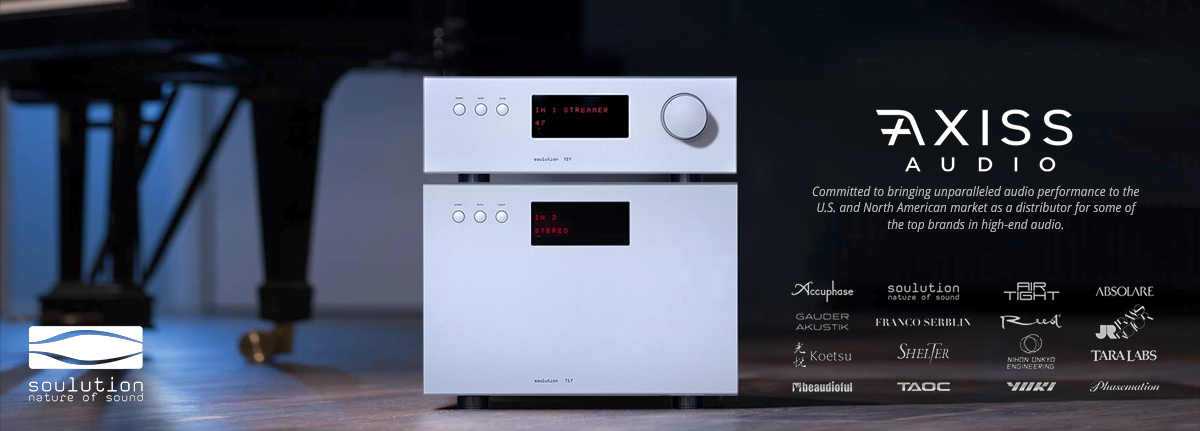The Quad 66 preamplifier: a design masterpiece
- Thread starter godofwealth
- Start date
Similar threads
| Steve Williams Site Founder | Site Owner | Administrator | Ron Resnick Site Owner | Administrator | Julian (The Fixer) Website Build | Marketing Managersing |
















